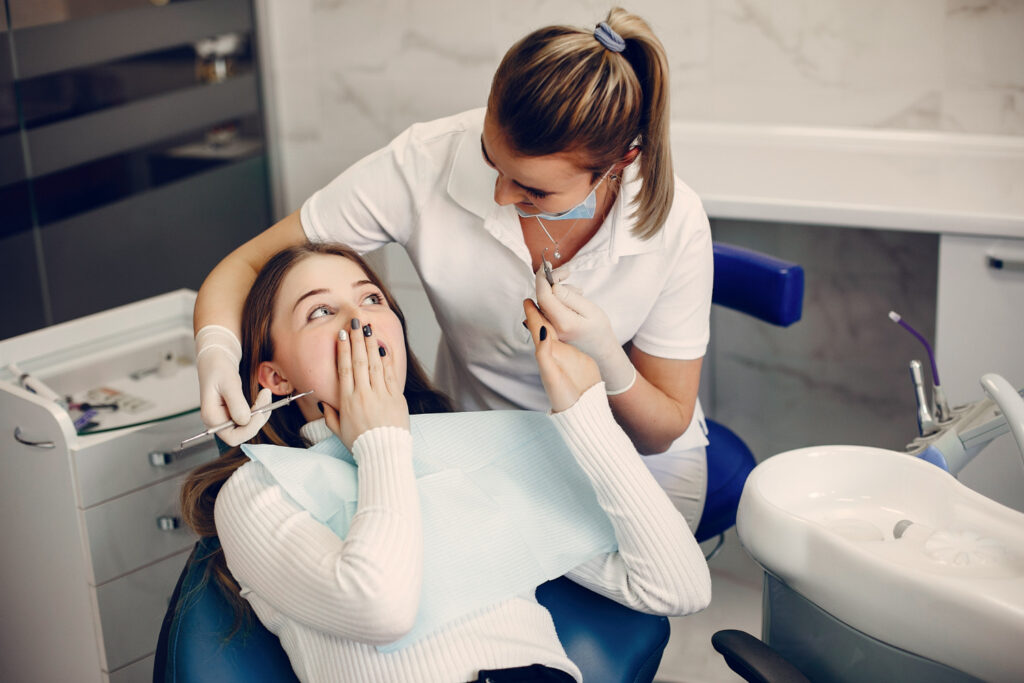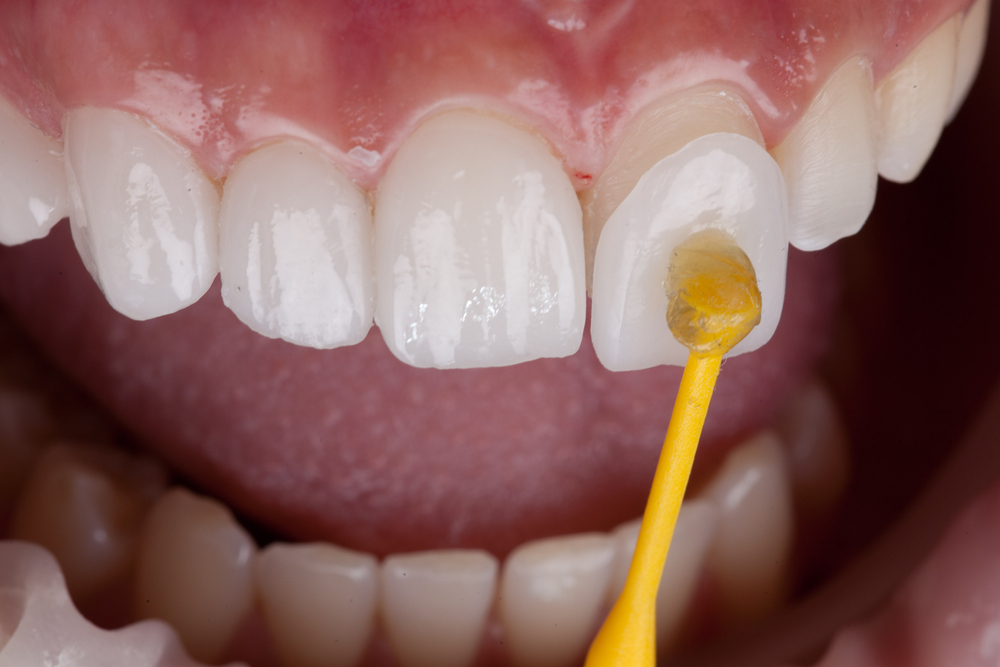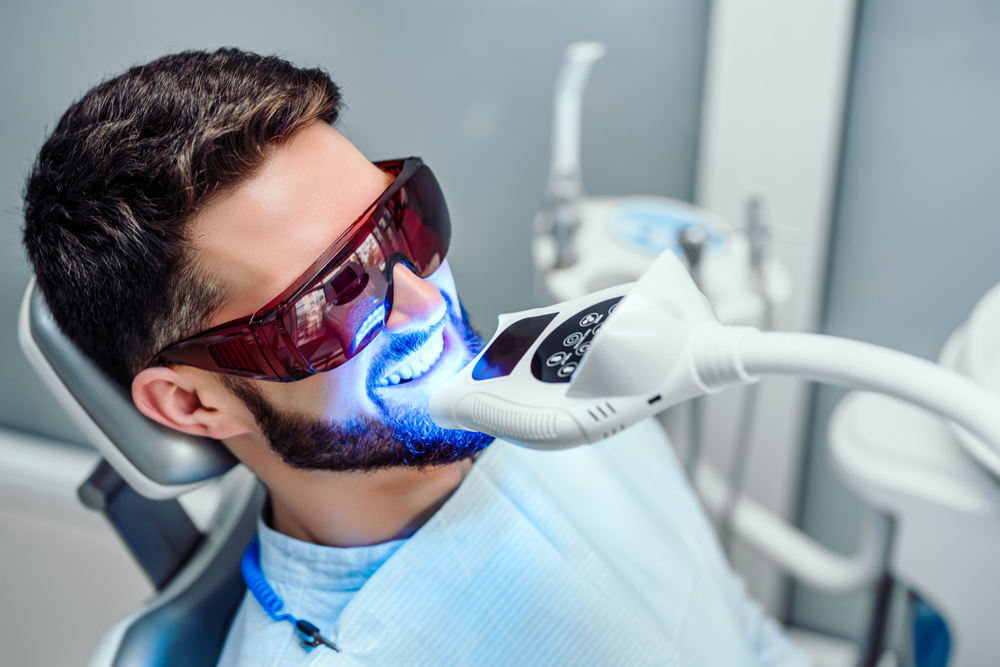Welcome to the world of Dental Tourism, an emerging global phenomenon where individuals seeking dental care cross international borders. This trend has grown in popularity over the years as healthcare costs have risen, particularly in high-income countries such as the United States, Canada, and several European nations.
At Smile Science Dental Spa, we believe in the power of education. As leading dental practitioners in Glendale, AZ, we feel it is important to help our community understand emerging trends like Dental Tourism. This article, co-authored by Dr. Richard Dawson and Dr. John Turke, explores this subject in depth, highlighting the attractions and potential risks associated with the practice.
Dental Tourism is often driven by the allure of significantly reduced costs for dental procedures. While cost-saving is undoubtedly a strong motivation for many patients, it is essential to evaluate the broader implications, such as the quality of care and aftercare, and the challenges associated with any potential complications.
We believe in providing comprehensive, patient-centered care. Therefore, we think it is necessary to delve into Dental Tourism, providing our valued patients and readers with a balanced perspective. As we delve into the subject, we’ll aim to answer one pivotal question: Is the bargain of Dental Tourism worth the risk?
Definition of Dental Tourism

Dental Tourism, also referred to as dental vacations or cross-border dentistry, involves individuals seeking dental care outside their local healthcare systems. This can often involve international travel, particularly from higher-income to lower-income countries.
People opt for Dental Tourism for various reasons. The primary driving factor is typically the significantly lower cost of dental procedures in certain countries, particularly for more expensive treatments such as dental implants, crowns, and cosmetic dentistry. For example, a dental implant procedure that might cost several thousand dollars in the U.S could potentially be carried out for a fraction of the cost in a country like Mexico or India.
However, cost isn’t the only factor. Some individuals see Dental Tourism as an opportunity to combine a vacation with their dental treatment, particularly if they choose to travel to a tourist-friendly location. Others may opt for Dental Tourism due to shorter waiting times, particularly for elective procedures that might have longer waiting lists in their home country.
Several countries have become well-known for Dental Tourism. These typically include countries where the cost of living and labor costs are lower, and consequently, dental procedures can be offered at a significantly reduced price. Common destinations for Dental Tourism include Mexico, India, Thailand, Costa Rica, and Hungary. Each of these countries offers a different blend of attractions, from the exotic beaches of Thailand and Costa Rica to the historical attractions of Hungary and the proximity and cultural familiarity of Mexico for U.S residents.
It’s important to remember that while these advantages sound appealing, Dental Tourism also comes with its own set of challenges and potential risks, which we will explore further in the following sections of this article.
The Appeal of Dental Tourism

The allure of Dental Tourism often centers on significant cost savings, with patients frequently able to save anywhere from 50% to 75% compared to the cost of dental care in their home country. For example, in the United States, dental procedures can be prohibitively expensive for many, especially those without dental insurance. By traveling abroad, a patient can receive the same procedure but at a significantly reduced price. These cost savings can make necessary treatments accessible for individuals who might otherwise be unable to afford them.
Alongside the cost savings, Dental Tourism can also offer a wider availability of dental procedures. In some instances, patients may find quicker access to treatments that may have long wait times in their home country. This is particularly true for elective procedures that may not be deemed urgent in a domestic healthcare context but can significantly impact a person’s quality of life.
Moreover, Dental Tourism presents an opportunity for a vacation or travel experience. Many Dental Tourism packages are structured like traditional travel packages, offering lodging, transportation, and tours along with the dental procedures. For instance, one could choose to have dental implants installed in Costa Rica, then recuperate while relaxing on a beautiful beach or exploring the vibrant local culture and natural wonders.
Risks Associated with Dental Tourism

While Dental Tourism can offer appealing advantages, it also comes with notable risks. One major concern is the varying quality of treatment. Standards of care, regulation, and accreditation can greatly differ between countries, and even between individual clinics within the same country. While many reputable dental professionals serve international patients, the risk of substandard care or complications arising from the treatment cannot be ignored.
Traveling itself can pose risks, especially when considering the recovery period after a dental procedure. Long flights can increase the risk of complications, such as infections or issues with healing. Plus, the stress of travel can have a detrimental effect on recovery.
Aftercare is another critical concern in Dental Tourism. If complications arise once a patient is back home, it may be challenging to receive appropriate aftercare from the foreign clinic. Not only are distance and cost an issue, but there’s also the difficulty of inter-country communication and coordination.
Finally, legal and insurance considerations add another layer of complexity. If something does go wrong, seeking legal recourse in a foreign jurisdiction can be difficult. At the same time, many travel insurance policies may not cover complications from medical procedures conducted abroad, leaving the patient with potential additional costs.
In conclusion, while Dental Tourism may seem appealing due to its cost-saving potential and the prospect of a ‘dental vacation’, it’s crucial to weigh these benefits against the risks involved carefully. The lower upfront cost may end up being far costlier in the long run if complications occur. As with all medical decisions, thorough research and professional advice are key.
Case Study: The Hidden Costs of Dental Tourism

To appreciate the intricate complexities and potential pitfalls of Dental Tourism, we will delve into the contrast between Dental Tourism and Domestic Dental Care, keeping in mind real-life scenarios that we’ve encountered at Smile Science Dental Spa.
The Illusion of Savings
The difference in costs between countries is often the key allure of Dental Tourism. For instance, in the United States, a dental implant can cost up to 00 per tooth just for the implant, while the same procedure in Mexico could be as low as 0 to 00. On the surface, this substantial price difference makes Dental Tourism an attractive option, particularly for patients requiring extensive dental work.
However, the apparent savings can sometimes be a mirage. One of our patients from Bulgaria paid $20,000 for a full-mouth implant plus overdenture on upper and lower jaws abroad. Unfortunately, a mere three months later, he faced pain and infection, necessitating the removal of all implants and overdentures. The corrective surgery turned out to be far more expensive and complex than the original procedure would have been domestically, underscoring the hidden costs associated with cheaper treatments.
Differences in Quality
Similarly, quality of care is a fundamental aspect where Dental Tourism can sometimes fall short. In the U.S, dental practitioners are subject to rigorous education, training, and regulatory standards, which aren’t always the case in countries popular for Dental Tourism. A patient of ours who opted for Dental Tourism in Mexico paid extra for 28 monolithic zirconia crowns but ended up receiving lower-quality PFM crowns. Subsequently, two of her teeth got infected due to inadequate crown preparation, and 13 of her crowns fractured within a year.
Aftercare and follow-up services pose another significant challenge in Dental Tourism. When a patient undergoes a procedure, subsequent follow-up visits are often essential to monitor healing and manage potential complications. However, geographical distance and logistical hurdles can make this aftercare almost unmanageable. A patient who got seven teeth extracted and replaced with implants in Mexico encountered infected and failed implants within a month. Her incorrectly fitted crowns led to a malocclusion, causing persistent migraines and jaw pain.
Unstable Markets
Furthermore, the stability and reliability of foreign dental practices can be unpredictable. A patient who invested in comprehensive treatment at a Mexican clinic found the clinic out of business by the time he was due for crown delivery, resulting in a loss of his investment and the necessary dental work.
In conclusion, while Dental Tourism may offer tantalizing savings, it can also reveal a Pandora’s box of potential complications, quality concerns, and hidden costs. These costs can far outweigh the initial savings, resulting in more expensive long-term dental care and unnecessary suffering. The cases mentioned serve as a stark reminder of the potential risks and underline the importance of thorough research, planning, and professional consultation before choosing Dental Tourism.
No Guarantees
Any of the above can happen in your home country as well. The fact is, no amount of education, experience, or training can guarantee a perfect outcome every time. Even the most skilled clinicians make mistakes, and the best technology can fail. Also, dental practices go out of business in all countries, not just places dental tourists tend to flock to.
The key difference between receiving dental care in your home country versus abroad is the protection you are afforded by local dental boards and the court system. This is why we recommend complex treatment be completed by a dentist in your home country. Yes, it costs more, but you have recourse if things don’t turn out well. Having a full-mouth reconstruction in another country could save you a ton of money, and in many cases it may turn out great. But when it doesn’t, you will find it difficult to travel abroad for treatment, and dentists in your home country may be reluctant to fix faulty work that was completed elsewhere.
Recommendations for Potential Dental Tourists
For those considering Dental Tourism, here are some guidelines:
- Research thoroughly. Ensure the chosen clinic is accredited and that the dentist is qualified and experienced in the specific procedure you need.
- Plan your trip carefully. Allow enough time for recovery before traveling back and consider potential language barriers.
- Secure a comprehensive travel insurance policy that covers medical procedures abroad and possible complications.
Dr. Richard Dawson and Dr. John Turke advise caution. While the cost savings can be significant, the potential risks are too. Always prioritize quality of care and patient safety over cost.
Conclusion
In conclusion, Dental Tourism presents both significant attractions and substantial risks. While the potential cost savings and availability of procedures can be appealing, the quality of treatment, risks associated with travel, aftercare, and legal considerations all present potential challenges.
So, is the bargain of Dental Tourism worth the risk? It ultimately depends on individual circumstances. For some, it may provide a cost-effective means of accessing necessary dental care. For others, the potential risks may outweigh the benefits. It is crucial to make an informed decision, considering all aspects carefully.
As Dr. Dawson and Dr. Turke from Smile Science Dental Spa emphasize, patient safety and quality of care should always be paramount in these decisions. If you are considering Dental Tourism, we recommend consulting with a trusted local dentist first to fully understand the implications and potential risks.






